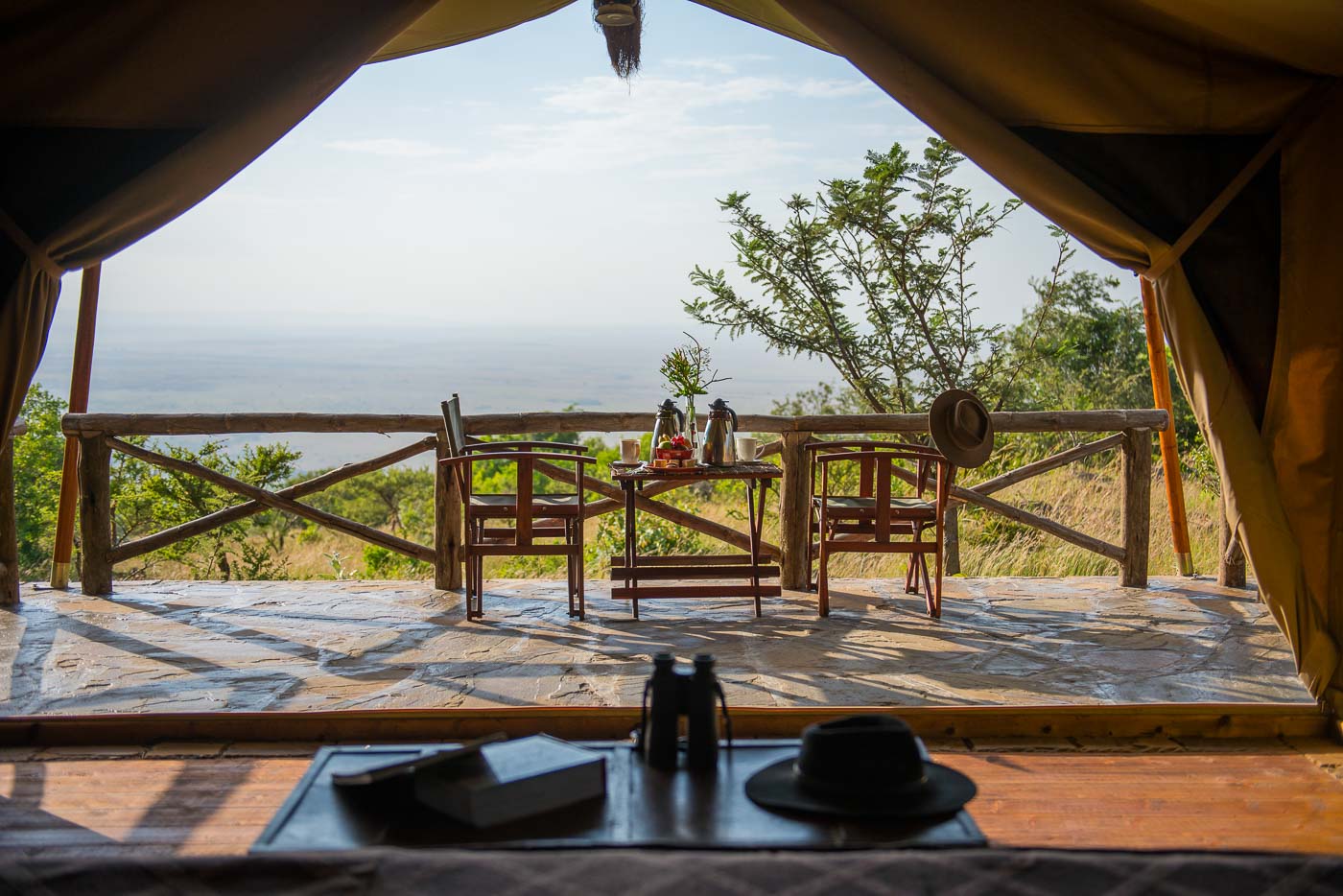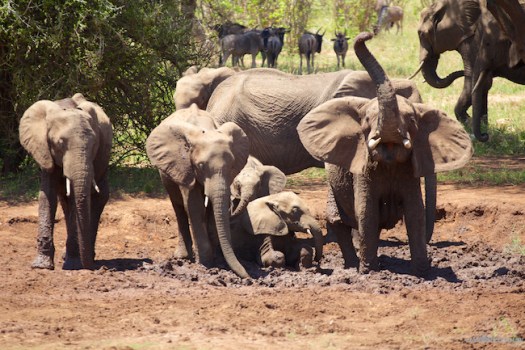Some 12 miles South of Lake Powell, deep into the red soil of Navajo Nation, lays an unassuming eco-retreat by the name of Shash Dine’. It is here that Baya, a native Dine’ (“the people” in Navajo), her husband Paul and their young daughter welcome you into the wild, desert beauty of northern Arizona, where simplicity rules by definition.
Born and raised on the land of the Bear People Clan whom she belongs to, as the property’s name derives from the Navajo language, Baya lives by her people’s traditions. The ranch on the premise – where sheep, goats, chickens and horses are roving about – is her home.


As natural building enthusiasts, Baya and Paul set out to welcome guests on site, in traditional Navajo log and earth hogans – the traditional dwelling of the Navajo people – canvas wall tents or tipis, providing an unique cultural experience, an appreciation for, and education as to how the Dine’ lived not so long ago.
It was pitch dark when we arrived. The only sign leading to our overnight stay was a bear claw sign leading up to the driveway, from which Baya picked us up. From then on, a dirt road eventually led to two secured, white canvas, wall tents shining in the night.
Tip: To avoid getting lost, it is highly recommended to arrive before dark. You should provide an approximate check in time. This is a remote location. It is imperative to let your hosts know as to your arrival time so you can be guided through.
In true off the grid nature, the only sound disturbing the silence came from the two watchdogs nearby. I can’t remember any other time when I felt more intertwined with nature. Sleeping under a bed full of stars, cowboy stories chanted by Navajos lingered in the air.
Tip: Be prepared with torches and headlights during the night, or ask the hosts for some. No other light exists.

Despite the vast wilderness, convenient items can be found inside the wall tents – a large canister of drinkable water, two comfortable camp beds, two sleeping bags, Navajo blankets, books and even theme board games. To set the décor, two large candlelights added the finishing touch. Outside each tent there was a large bucket filled with water, to make up for the lack of running water.
The morning after, we noticed a pastoral wooden veranda, which included a fireplace and basic tools to grill meat and vegetables. We skipped the Navajo porridge breakfast offered to us, but we were grateful for the quick breakfast to go – coffee and a generous basket with fresh fruit – that our host brought over.

Two nights later, we learnt more. More than a unique, off the grid glamping experience, Shash Dine’ hosts voluntourists and workawayers, in what has recently become an increasingly popular concept – the so-called working vacations. Volunteers from all over the world are welcome to stay on property, free of charge, as long as they pay for their own meals and transportation.
The self-sustaining ranch and bed & breakfast is in constant need of extra helping hands for farming, building earth structures and tending to animals, as well as assistance with projects such as teaching and language practice. While experiencing life on the Reservation, volunteers can also participate in the educational workshops provided, geared towards permaculture, natural building and Navajo culture.
We met one such volunteer the morning we left; she seemed content. And why wouldn’t she be? Free to explore nearby monumental sites nature created – Lake Powell, the jaw dropping Antelope Canyon and the awe inspiring Horseshoe Bend being some of the closest ones – Navajo Nation comes with many lessons to be learnt, and discovered.
Note: This April, Paul and Baya Meehan are starting construction on a cob Hogan to welcome guests in, in the hopes of educating visitors to northern Arizona, most of which are unfamiliar with Navajo culture. A crowd funding campaign has been set up for all those who wish to support.
Monica Suma is a Romanian-American freelance travel writer and blogger, always on the hunt for art, good food and all things Cuba. Through storytelling and an insatiable pursuit for whimsy, she contributes to a variety of publications such as Lonely Planet, BBC Travel, Business Traveller and more. Follow her adventures live on Instagram and Twitter.

















